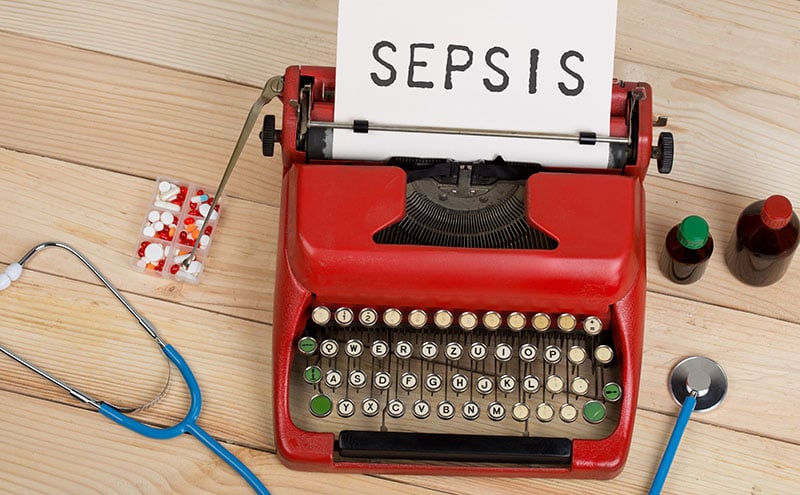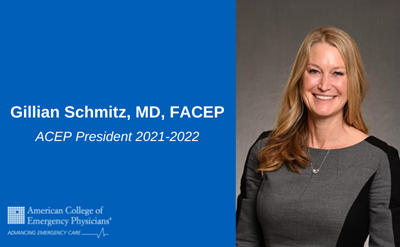The Infectious Diseases Society of America and a coalition of medical professional societies released recommendations for modifying the Centers for Medicare and Medicaid Services sepsis metrics to improve sepsis care and outcomes. Each year, more than 1.7 million U.S. adults receive hospital care for sepsis, and more than 250,000 American adults die of sepsis, spurring clinicians, hospitals, policymakers and patient advocates to action.
The multidisciplinary professional societies’ priority recommendation is to retire CMS’ Severe Sepsis/Septic Shock Management Bundle (SEP-1) rather than incorporating it into the Hospital Value-Based Purchasing Program.
The SEP-1 measure requires clinicians to provide a bundle of care to all patients with possible sepsis within three hours of recognition. The bundle includes drawing blood cultures, administering broad-spectrum antibiotics and other measures. However, the SEP-1 measure does not take into account that many serious conditions present in a similar fashion to sepsis. Pushing clinicians to treat all these patients as if they have sepsis leads to overuse of broad-spectrum antibiotics, which can be harmful to patients who are not infected, those who are infected with viruses rather than bacteria and those who could safely be treated with narrower-spectrum antibiotics.
Moreover, a series of studies published since the SEP-1 measure went into effect show that in practice SEP-1 has not lowered mortality rates. Independent analyses including hundreds of hospitals show that the release of SEP-1 was associated with increases in broad-spectrum antibiotic use, laboratory testing and fluid administration but no change in patient outcomes.
The professional societies commend CMS’ intention to create a new sepsis measure that will focus on sepsis mortality rates. The modified measure will help hospitals focus on what matters most to patients and their families, namely improving outcomes. The societies’ consensus document suggests ways to fine-tune the measure and priority areas for hospitals. These include enhancing diagnostic strategies, optimizing the care of sepsis patients throughout hospitalization and improving rehabilitation services for sepsis survivors.
“We are encouraged by the increased attention to sepsis and support CMS’ creation of a sepsis mortality measure that will encourage hospitals to pay more attention to the full breadth of sepsis care,” said Chanu Rhee, MD, MPH, lead author of the recommendations. “Retiring past measures and refining future ones will help stimulate new innovations in diagnosis and treatment and ultimately improve outcomes for the many patients affected by sepsis.”
The multidisciplinary professional societies include the Infectious Diseases Society of America, the Pediatric Infectious Diseases Society, the Society for Healthcare Epidemiology of America, the Society of Hospital Medicine, the American College of Emergency Physicians and the Society of Infectious Diseases Pharmacists.
###
About the Infectious Diseases Society of America
The Infectious Diseases Society of America is a community of more than 12,000 physicians, scientists and public health experts who specialize in infectious diseases. Its purpose is to improve the health of individuals, communities and society by promoting excellence in patient care, education, research, public health and prevention relating to infectious diseases. Learn more at idsociety.org.
About the Pediatric Infectious Diseases Society
PIDS membership encompasses leaders across the global scientific and public health spectrum, including clinical care, advocacy, academics, government and the pharmaceutical industry. From fellowship training to continuing medical education, research, regulatory issues and guideline development, PIDS members are the core professionals advocating for the improved health of children with infectious diseases both nationally and around the world, participating in critical public health and medical professional advisory committees that determine the treatment and prevention of infectious diseases, immunization practices in children and the education of pediatricians. For more information, visit pids.org.
About the Society for Healthcare Epidemiology of America
The Society for Healthcare Epidemiology of America is a professional society representing more than 2,000 physicians and other healthcare professionals around the world who possess expertise and passion for healthcare epidemiology, infection prevention and antimicrobial stewardship. The society’s work improves public health by establishing infection-prevention measures and supporting antibiotic stewardship among healthcare providers, hospitals and health systems. This is accomplished by leading research studies, translating research into clinical practice, developing evidence-based policies, optimizing antibiotic stewardship and advancing the field of healthcare epidemiology. SHEA and its members strive to improve patient outcomes and create a safer, healthier future for all. Visit SHEA online at shea-online.org, facebook.com/SHEApreventingHAIs and twitter.com/SHEA_Epi.
About the Society of Hospital Medicine
Representing the fastest-growing specialty in modern healthcare, the Society of Hospital Medicine is the leading medical society for hospitalists and their patients. SHM is dedicated to promoting the highest quality care for all hospitalized patients and overall excellence in the practice of hospital medicine through quality improvement, education, advocacy and research. Over the past decade, studies have shown that hospitalists can contribute to decreased patient lengths of stay, reductions in hospital costs and readmission rates and increased patient satisfaction. For more information about SHM and hospital medicine, visit hospitalmedicine.org.
About the Society of Infectious Diseases Pharmacists
The Society of Infectious Diseases Pharmacists is a 501c3 professional organization dedicated to the appropriate use of antimicrobials through education and training, research and policy. SIDP is the premier organization for pharmacists engaged in infectious diseases, with more than 2,000 pharmacist and other healthcare professional members. Part of our mission is to develop collaborative relationships with other professional and regulatory organizations involved in education, clinical practice, research and policy development related to the prevention and management of infectious diseases. We are committed to the embracement of diversity, equity and inclusion in every element of our mission, vision and values including, but not limited to, SIDP members, external partners and the patients we serve. For more information, visit sidp.org.
About the American College of Emergency Physicians
The American College of Emergency Physicians is the national medical society representing emergency medicine. Through continuing education, research, public education, and advocacy, ACEP advances emergency care on behalf of its 40,000 emergency physician members, and the more than 150 million people they treat on an annual basis. For more information, visit www.acep.org and www.emergencyphysicians.org.
 American College of Emergency Physicians
American College of Emergency Physicians







